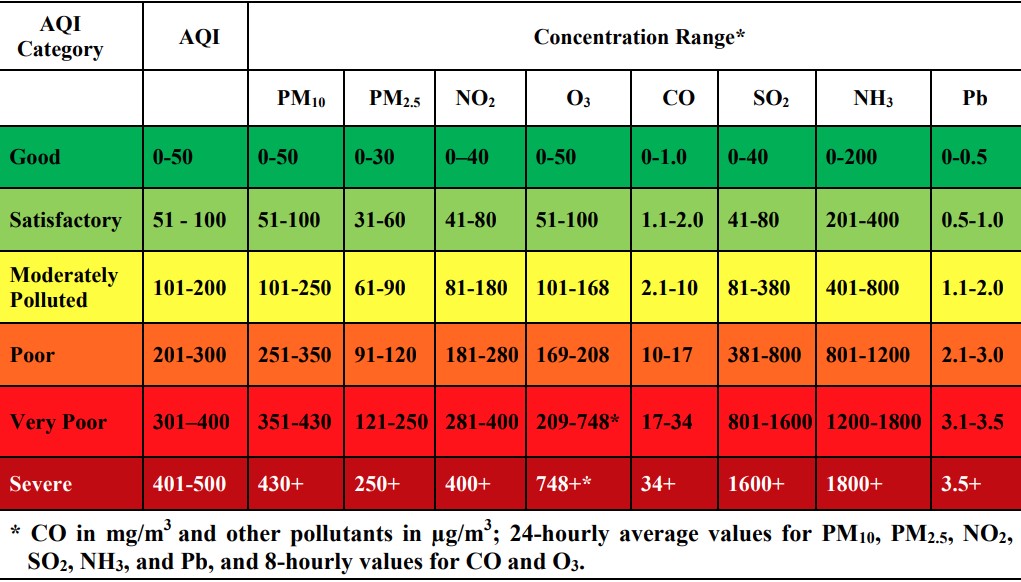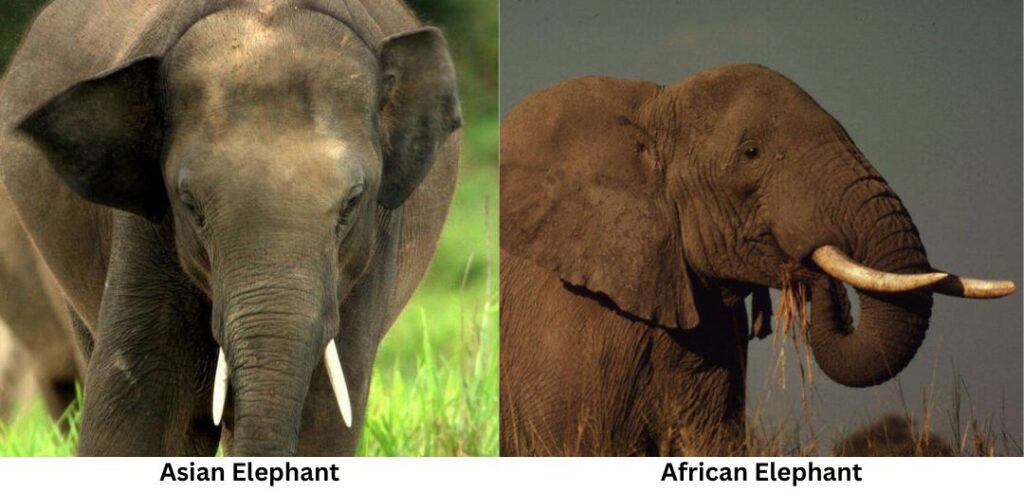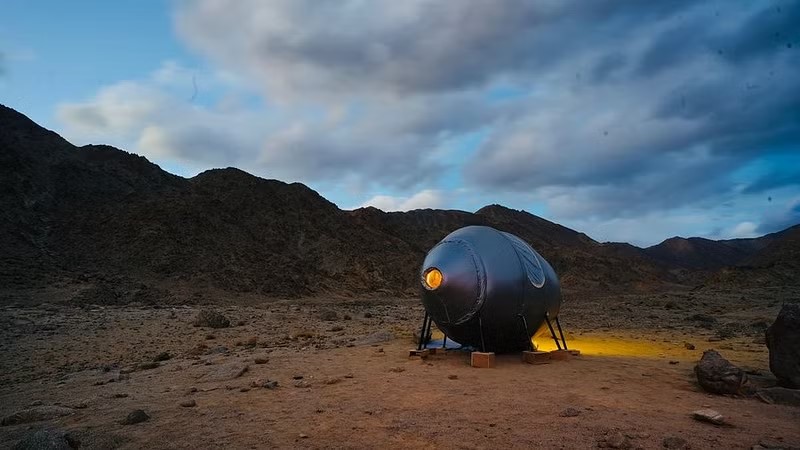Air Quality Index (Prelims & Mains- Environment)
Why in News?
Ninety-nine cities recorded ‘poor’ air quality a day after Deepavali.
The Minister for Environment, Forests & Climate Change, Shri Prakash Javadekar, launched ‘The National Air Quality Index’ (AQI) in New Delhi as an initiative under ‘Swachh Bharat Mission ’ on September 17, 2014.

What is AQI (Air Quality Index)?
- An AQI is defined as an overall scheme that transforms weighted values of individual air pollution-related parameters (SO2, CO, visibility, etc.) into a single number or set of numbers.
- AQI is a tool to disseminate information on air quality in qualitative terms (e.g. good, satisfactory, poor) as well as its associated likely health impacts.
- It is mainly described by air quality to report the concentrations of all pollutants with acceptable levels (standards).
- 8 Pollutants according to AQI: Ozone (O3), Ammonia (NH3), Lead (Pb), Nitrogen dioxide (NO2), Sulphur dioxide (SO2), Carbon monoxide (CO), Particulate matter (PM10), Particulate matter (PM2.5)
By distilling intricate air quality data pertaining to a variety of pollutants into a singular numerical value—referred to as the index value—along with a corresponding nomenclature and color code, the AQI enhances public understanding of air quality conditions.
- This facilitates informed decision-making regarding outdoor activities and potential health impacts based on the prevailing air quality.
There are six AQI categories, namely: Good, Satisfactory, Moderately polluted, Poor, Very Poor, and Severe. Each of these categories is decided based on ambient concentration values of air pollutants and their likely health impacts (known as health breakpoints).
AQI categories and health breakpoints for the eight pollutants are as follow:

AIR QUALITY SUB-INDEX
- AQ sub-index and health breakpoints are evolved for eight pollutants (PM10, PM2.5, NO2, SO2, CO, O3, NH3, and Pb) for which short-term (up to 24-hours) National Ambient Air Quality Standards are prescribed.
- The sub-index is calculated based on the measured ambient concentrations of a pollutant and is represented as a linear function of concentration.
- For example, the sub-index for PM2.5 is 51 at a concentration of 31 µg/m³, 100 at 60 µg/m³, and 75 at 45 µg/m³. The overall Air Quality Index (AQI) is determined by the highest sub-index value.
How is AQI calculated?
- The Sub-indices for individual pollutants at a monitoring location are calculated using its 24-hour average concentration value (8-hourly in the case of CO and O3) and health breakpoint concentration range. The worst sub-index is the AQI for that location.
- AQI is calculated only if data are available for a minimum of three pollutants, out of which one should necessarily be either PM2.5 or PM10. A minimum of 16 hours of data is considered necessary for calculating subindex.
The web-based system is designed to provide AQI on a real-time basis. It is an automated system that captures data from continuous monitoring stations without human intervention and displays AQI based on running average values.
Pollution issue in North India during winters:
In cities such as Delhi and others in northern India, pollution levels peak during the winter season due to emissions from vehicles, industries, garbage burning and construction, besides stubble burning after the paddy season in neighbouring States with particles being trapped in the cold air.
Unfavourable winds in the early winter months that don’t flush the pollutants out also lead to a faster build-up. Firecracker burning has also contributed to exacerbating air quality during this period.
Central Pollution Control Board is executing a nation-wide programme of ambient air quality monitoring known as National Air Quality Monitoring Programme (NAMP).
Central Pollution Control Board along with State Pollution Control Boards has been operating National Air Monitoring Program (NAMP) covering
931 operating stations in 398 cities/towns in 28 states and 7 Union Territories of the country.
Elephant (Prelims & Mains- Environment)
There are three species of elephants that occur in the world. Africa has two of them and Asia has one. The two species of African elephants are—the savanna (or bush) elephant and the forest elephant.
Asian Elephant (Elephas maximus) is the largest terrestrial mammal of India.
Elephants are considered one of the keystone species & umbrella species of biodiversity conservation.

| Keystone speciesKeystone species are species that are key in maintaining the integrity of the ecosystems they belong to [IUCN]. Without keystone species, ecosystems and all species living in them would experience drastic changes that could threaten their existence. If a keystone is removed, it sets off a chain of events that turns the structure and biodiversity of its habitat into something very different. These are the living things that play a pivotal role in how their ecosystem functions. Elephants by uprooting and eating vast quantities of small trees and shrubs prevent areas to get converted to forest or scrubland, thereby preserving sunny, open spaces where grasses can thrive. Such grasslands support other herbivores like antelopes, wildebeests, and zebras; it also provides warm, dry soil for smaller animals like mice and shrews to burrow into.These prey species feed carnivores such as lions, hyenas, and cheetahs. Elephants also spread plant seeds to new areas via their dung. Examples of keystone species include- Starfish, sea otters, beavers, wolves, elephants, prairie dogs, bees, etc. Umbrella SpeciesUmbrella species are species that are selected for conservation-related decisions because the conservation and protection of these species indirectly affect the conservation and protection of other species within their ecosystem. Umbrella species usually have a large area requirement for which the conservation of the species extends the protection to other species sharing the same habitat. The protection extended to the other species by the presence of the umbrella species is known as the umbrella effect. |
India holds more than 60% of Asian wild elephant populations of the globe.
In India, Asian elephants are distributed majorly in southern and north-eastern India, east-central and northern regions.
Distribution of elephants in India
The current distribution of wild elephant in India is now restricted to four general areas:
- North-eastern India,
- Central India,
- North-western India,
- Southern India.
North-eastern India
In north-eastern India, the elephant range extends from the eastern border of Nepal in northern West Bengal through western Assam along the Himalaya foothills as far as the Mishmi Hills. From here it extends into eastern Arunachal Pradesh, the plains of upper Assam, and the foothills of Nagaland.
Further west, it extends to the Garo Hills of Meghalaya through the Khasi Hills, to parts of the lower Brahmaputra plains and Karbi Plateau. Elsewhere in the south in Tripura, Mizoram, Manipur, and the Barak valley districts of Assam, isolated herds occur.
Central India
In central India, highly fragmented elephant populations are found in the States of Orissa, Jharkhand, and the southern part of West Bengal, with some animals wandering into Chhattisgarh.
North-western India
In north-western India, the species occurs in six fragmented populations at the foot of the Himalayas in Uttarakhand and Uttar Pradesh, ranging from Katerniaghat Wildlife Sanctuary in the east, to the Yamuna River in the west.
Southern India
There are eight main populations in southern India, each fragmented from the others: northern Karnataka; the crestline of Karnataka—Western Ghats; Bhadra— Malnad; Brahmagiri—Nilgiris—Eastern Ghats; Nilambur—Silent Valley—Coimbatore; Anamalais—Parambikulam; Periyar—Srivilliputhur; and Agasthyamalais.
Project Elephant
Elephant is a National Heritage animal of India and has been protected under Schedule I species of the Indian Wild Life Protection Act, 1972.
The Government of India launched the “Project Elephant” in 1991-92 as a Centrally Sponsored Scheme of the Ministry of Environment, Forests & Climate Change.
Project Elephant (PE) was launched with the following objectives:
- To protect elephants, their habitat & corridors
- To address issues of man-animal conflict
- Welfare of captive elephants
About Elephants
Elephants are the largest land mammals on earth and have distinctly massive bodies, large ears, and long trunks.
They use their trunks to pick up objects, trumpet warnings, greet other elephants, or suck up water for drinking or bathing, among other uses.
Elephant tusks
Elephant tusks are extended teeth. Tusks are used for various purposes like protecting the elephant’s trunk, lifting and moving objects, gathering food, and stripping bark from trees.
During times of drought, elephants even use their tusks to dig holes to find water underground.
Social organisation
Elephant herd is led by a matriarch (the oldest female).
Elephants are organised into complex social structures of females and calves, while male elephants tend to live in isolation or in small bachelor groups.
Gestation
A single calf is born to a female once every four to five years and after a gestation period of 22 months—the longest of any mammal.
Calves are cared for by the entire herd of related females. Female calves may stay with their maternal herd for the rest of their lives, while males leave the herd as they reach puberty.
Elephants need extensive land areas to survive and meet their ecological needs, which include food, water, and space. On average, an elephant can feed up to 18 hours and consume hundreds of pounds of plant matter in a single day. As a result, as they lose habitat, they often come into conflict with people in competition for resources.
Difference between African and Asian Elephants
| African Elephant | Asian Elephant |
| African savanna elephant is the largest elephant species | Smaller in size compared to African elephant |
| Large fan-shaped ears | Ears are smaller |
| Both male and female African elephants grow tusks | Only some male Asian elephants have tusks |
| African savannah elephants’ herd sizes are comparatively large. | Asian elephant herd sizes are significantly smaller. |
India’s first analog space mission kicks off at Leh in Ladakh (Prelims & Mains- Science & Technology)
Why in news?
India’s first analog space mission to simulate extra-terrestrial conditions on Mars and Moon kicks off.

What are Analog Missions?
Analog missions are field tests in locations that have physical similarities to the extreme space environments. Space agency engineers and scientists work with government agencies, gather requirements for testing in harsh environments before they are used in space.
Tests include: new technologies, robotic equipment, vehicles, habitats, communications, power generation, mobility, infrastructure, and storage. Behavioral effects – such as isolation and confinement, team dynamics, menu fatigue, and others are also observed.
Need for Analog Missions?
Analogs play a significant role in problem solving for spaceflight research.
- Not all experiments can be done in space – there is not enough time, money, equipment, and manpower.
- Countermeasures can be tested in analogs before trying them in space. Those that do not work in analogs will not be flown in space.
- Ground-based analog studies are completed more quickly and less expensively.
The Indian Space Research Organisation (ISRO) has launched India’s inaugural analog space mission in Leh, Ladakh, marking a pioneering step in the nation’s space exploration efforts.
The mission, spearheaded by ISRO’s Human Spaceflight Centre, brings together partners from AAKA Space Studio, the University of Ladakh, IIT Bombay, and is supported by the Ladakh Autonomous Hill Development Council.
The mission, includes a compact, inflatable habitat named Hab-1 will simulate life in an interplanetary habitat.
This mission will simulate life in an interplanetary habitat to tackle the challenges of a base station beyond Earth,
Hab-1 is equipped with essentials like a hydroponics farm, kitchen, and sanitation facilities. It provides a self-sustaining environment, offering valuable data as India is planning long-duration space missions to the Moon, Mars, and beyond.
Aim: To simulate interplanetary habitat conditions, helping scientists explore the feasibility of establishing a sustainable base station beyond Earth, and to save time, money and manpower by mimicking a similar environment on Earth before investing in space.
Why Ladakh?
Ladakh’s extreme isolation, temperature from 3 to 35 °C in summers and −20 to −35 °C in winters dry climate, and barren, high-altitude terrain make it ideal for simulating conditions similar to Mars and the Moon. The environment presents an opportunity for researchers to gather critical data that will support India’s Gaganyaan program and future missions.


